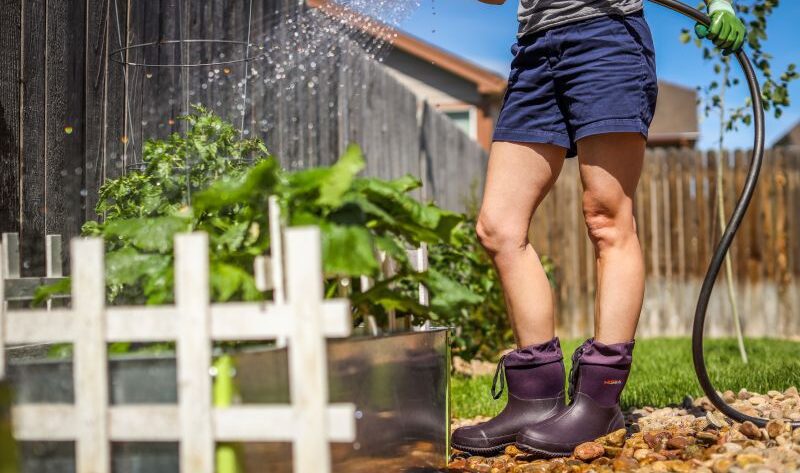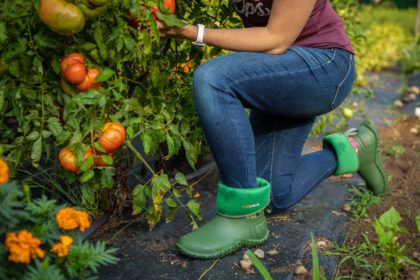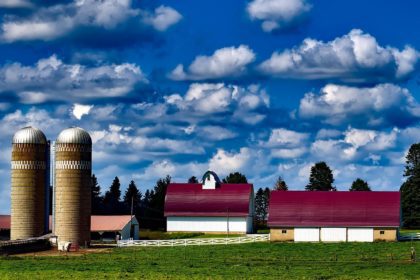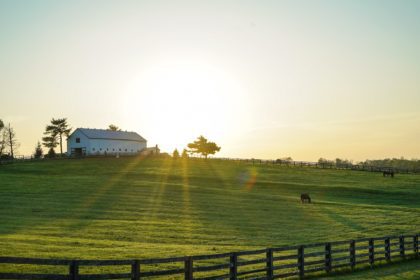In the rhythmic pulse of the homestead, where the earth meets the calloused hands of those who toil beneath open skies, a humble companion stands steadfast – the homesteading boots. These silent sentinels bear witness to nature’s whims and man’s determination, bridging the gap between terra firma and tireless stride. For individuals immersed in the dance of outdoor living, work boots are more than mere accessories; they are trusted allies in the symphony of sustenance and solitude.
Picture this: as the morning sun bathes your homestead in golden hues, you lace up your loyal companions that have weathered countless seasons by your side. With each step upon familiar ground, these work boots echo a narrative of resilience and resolve. Beyond their sturdy facade lies a promise not just to shield your soles from rugged terrain but also to safeguard your well-being and amplify your efficiency amidst the bustle of farm chores or DIY projects alike. As you navigate through pastures or plot new paths through orchards, the right pair of homesteading boots becomes a cornerstone for vitality and vigor in your daily pursuits.
Signs of Wear and Tear
When it comes to your trusty homesteading boots, knowing when it’s time to bid them farewell is crucial for your comfort and safety. One clear indicator that your work boots have seen better days is the presence of visible cracks or separation in the sole. Imagine trekking through muddy pastures or navigating rocky terrain, only to find your soles betraying you mid-stride – not ideal for a smooth day on the farm. These physical signs signal that the structural integrity of your beloved boots may no longer be reliable.
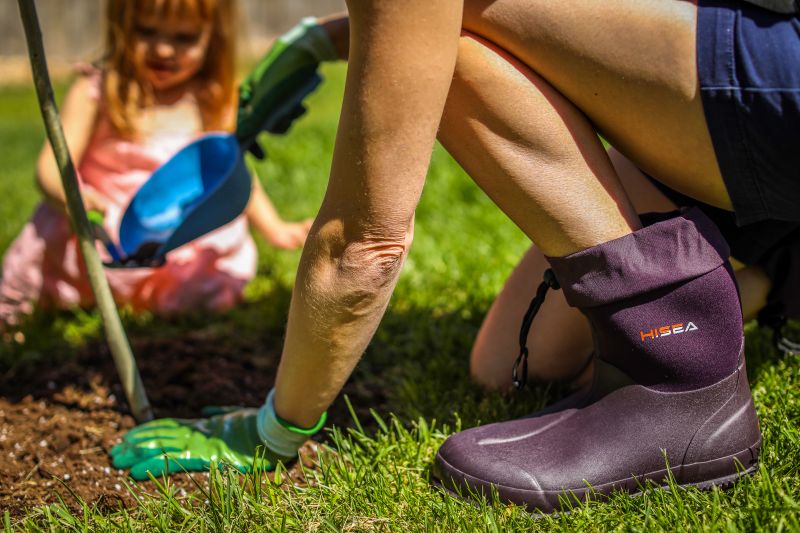
Moreover, worn-out treads are sneaky culprits that can silently compromise traction and stability, particularly when faced with rugged landscapes common on farms or homesteads. Picture yourself trying to grip slippery surfaces with flattened tread patterns akin to bald tires on a car; it’s a recipe for potential slips and falls. Keeping an eye out for diminishing tread depth can help you avoid unexpected mishaps while working outdoors.
On top of external wear indicators, the loss of water resistance in your homesteading boots serves as a red flag that they might be past their prime. The last thing you need as a dedicated homesteader is soggy socks from moisture seeping into compromised boot seams during drizzly barnyard chores or rainy gardening sessions. Ensuring that your feet stay dry and well-protected is not just about comfort but also about maintaining your overall health during extended periods spent working outdoors.
Factors Impacting Durability
When it comes to the longevity of your trusted homesteading boots, several key factors play a pivotal role in determining how well they hold up over time. The frequency of use is a critical consideration; those who lace up their work boots day in and day out are likely to experience wear and tear sooner than occasional wearers. Imagine the difference between the farmer who wears their boots for long hours tending to livestock and crops versus the weekend gardener who only slips them on for a few hours of light yard work. This variance in usage greatly impacts how quickly your homesteading boots may show signs of aging.
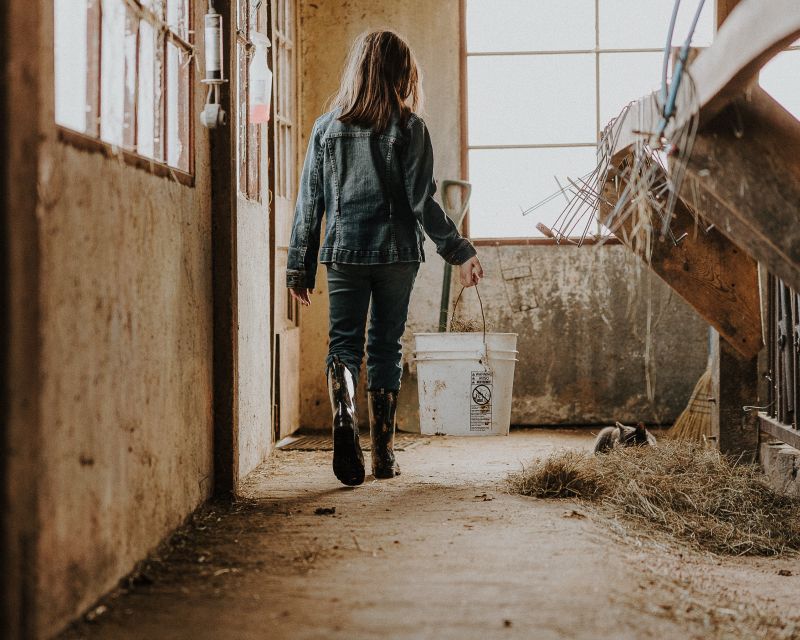
Furthermore, the type of terrain you navigate while wearing your boots can significantly affect their durability. Picture this: a pair of homesteading boots trekking through muddy fields, rocky paths, or abrasive surfaces versus strolling along flat, grassy landscapes. These varying terrains subject your work boots to different levels of stress and abrasion, accelerating wear and tear accordingly.
Additionally, one cannot overlook the impact of maintenance practices on the lifespan of homesteading boots. Neglecting proper cleaning and conditioning routines can expedite deterioration in material quality. If left unattended, dirt buildup or lack of hydration for leather boots can lead to cracks, stiffness, and reduced overall performance. Conversely, regularly cleaning off mud and grime, as well as conditioning leather to maintain its flexibility and water resistance, can notably extend the life expectancy of your cherished pair of work boots.
In essence, understanding these factors – frequency of use, type of terrain exposure, and diligent maintenance habits – is key to maximizing the durability of your homesteading boots. By incorporating mindful practices into your boot care routine and being cognizant of how you utilize them in various environments, you can ensure that each step taken on your homestead is supported by reliable footwear built to withstand the challenges thrown its way.
Choosing New Boots Wisely
When it comes time to replace your trusty homesteading boots, selecting the right pair can make all the difference in your comfort and productivity. To guide you through this crucial decision, consider your specific needs, durability expectations, and comfort preferences. For those long days spent working on the homestead, opt for work boots that offer sturdy support and cushioning to keep you going strong from sunup to sundown.
Researching reputable brands known for their quality craftsmanship and materials tailored to homesteading activities is key. Brands like Timberland Pro or Red Wing have established themselves as go-to options for durable work boots that stand the test of time. By investing in a well-crafted pair of homesteading boots, you not only ensure longevity but also prioritize your own safety and well-being while navigating rugged terrains.
Before making a final decision, it’s wise to try on different pairs of work boots to find the perfect fit. Comfort is paramount when you’re spending hours on your feet tending to crops or caring for animals. Additionally, consider essential features like waterproofing or insulation based on the climate conditions of your region. Whether trudging through muddy fields or enduring snowy winters, choosing boots that can withstand nature’s elements is crucial for maintaining peak performance on the homestead.
Extending Homesteading Boots Lifespan
Maintaining the longevity of your trusty homesteading boots is not just a matter of durability but also a testament to your dedication to quality craftsmanship. To ensure that your favorite pair stands the test of time, consider implementing some practical maintenance routines. A regular cleaning regimen using mild soap and water can help remove dirt and grime that, if left unchecked, could degrade the material over time. Drying your work boots properly after each use is paramount; air-drying them away from direct heat sources prevents shrinking or warping that might alter their fit and comfort.
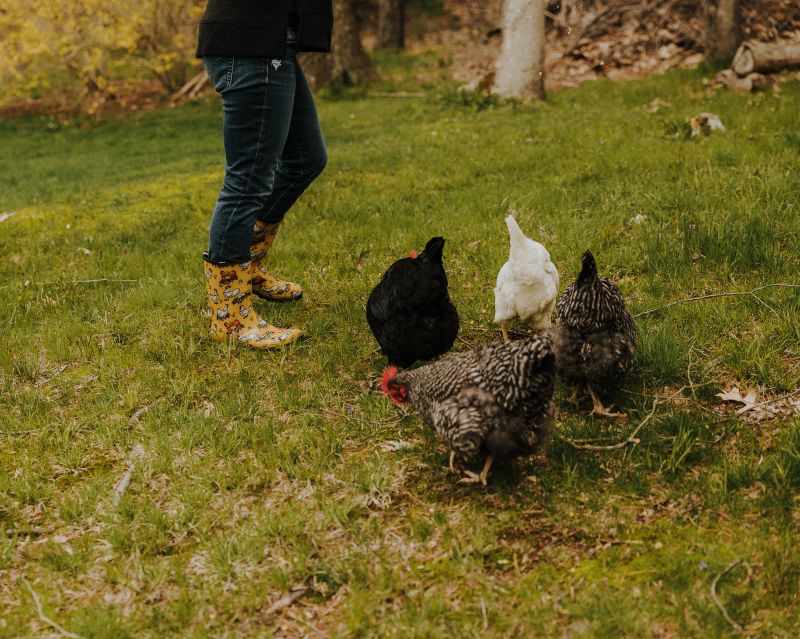
Storing your homesteading boots in a cool, dry environment shields them from unnecessary wear and tear caused by exposure to harsh elements. Direct sunlight can not only fade the color of your boots but also accelerate the breakdown of materials, leading to premature cracking and weakening. By choosing an optimal storage spot for your beloved footwear, you safeguard their structural integrity and preserve their aesthetic appeal. Emphasizing these storage practices will undoubtedly prolong the life expectancy of your hardworking companions on the homestead.
While it’s tempting to rely on one cherished pair of homesteading boots for all occasions, rotating between multiple sets can significantly extend their lifespan. Giving each pair adequate resting periods between wears allows materials to rebound from stress and helps prevent excessive wear patterns from forming too quickly. This rotating strategy not only safeguards against overuse but also ensures that you always have a backup option if one pair requires repairs or cleaning. By incorporating this simple yet effective approach into your boot care routine, you guarantee sustained comfort and performance, empowering you to tackle any task that comes your way with confidence and ease.
Retiring Old Homestead Boots
As you bid farewell to your trusted homesteading boots, remember that their journey doesn’t have to end in a landfill. Consider the eco-friendly disposal options available, such as recycling programs offered by some manufacturers. By choosing to recycle your worn-out work boots, you contribute to environmental sustainability and help reduce waste in landfills—an impactful step towards a greener future.
Moreover, get creative with upcycling ideas for repurposing old boot materials into new, useful household items or charming garden decorations. Transforming your retired homesteading boots into unique planters or rustic home décor not only adds character to your space but also gives these boots a second life beyond their original purpose. And before parting ways with them completely, remember to remove any personal information from the boots to safeguard your privacy—ensuring that even in retirement, your trusty companions keep you safe till the very end.

